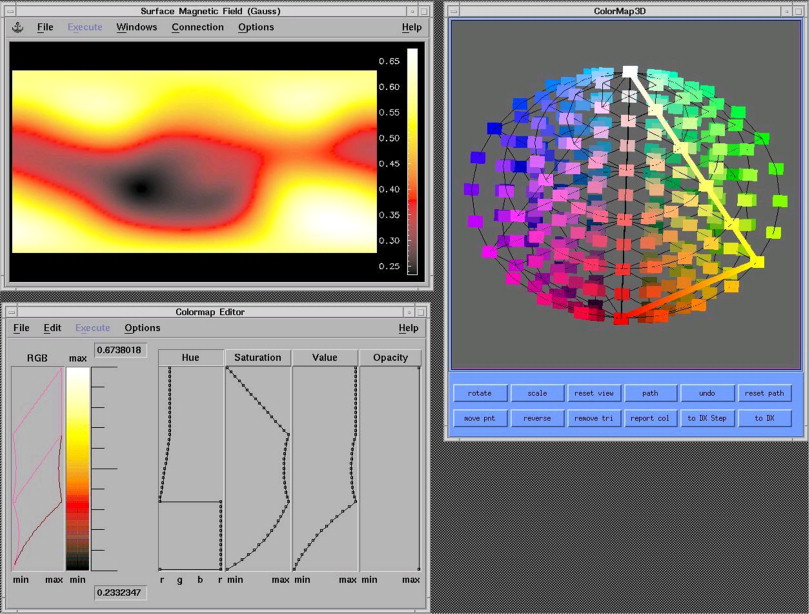
**Chromostereopsis: An Engaging Optical Curiosity Influencing Perception**
Chromostereopsis is a fascinating optical trick in which various colors seem to be positioned at different depths. For some individuals, looking at a certain image may not elicit any unique response, merely revealing a blue iris within a red eye. Nevertheless, for others, including myself, it illustrates a strong depth illusion where the blue and red parts appear to lie at distinct distances.
The strength of this phenomenon can be amplified by blinking rapidly, increasing the brightness of the screen, or viewing the image in a dimly lit environment. Sometimes, the illusion might temporarily diminish before suddenly returning. A particularly odd observation is how the colors appear to move separately when one tilts their head side to side, something that is impossible with a fixed image.
This optical effect, identified as chromostereopsis, emerged as both unfamiliar and captivating. Its strange nature resides not only in its presence but in how it uniquely affects different people. There are clear individual variations in experiencing the effect, both in its intensity and in the proximity of the colors perceived. Generally, red seems to be closer, with blue appearing more distant; however, some individuals, like myself, interpret this in reverse.
Importantly, stereo-depth illusions typically require two images projected independently to each eye, similar to how 3D movies function with specialized glasses. In contrast, chromostereopsis differs as it necessitates the brain to synthesize information from both eyes to produce the depth illusion. This can be demonstrated by simply closing one eye, which makes the effect disappear, or among those who are “stereoblind” and cannot experience the illusion due to an inability to merge visual data from both eyes.
The fundamental mechanism behind chromostereopsis remains only partially comprehended. The diverse nature of the illusion may arise from the varying wavelengths of red and blue light and their different focal points at the back of the eye. Furthermore, glasses can enhance this effect for some, highlighting how elements such as image brightness and background interact within this phenomenon.
Color has consistently held a vital position in art, from stained glass windows to contemporary visual media, with many artists possibly recognizing chromostereopsis instinctively. The phenomenon’s presence in playful settings, like the backdrop for the panel show “Have I Got News For You,” illustrates its application and impact in the real world.
For those fascinated by visual effects and depth illusions, further insights can be discovered in resources such as the Mind Hacks book and the research efforts of scholars like Akiyoshi Kitaoka. Whether regarded as awe-inspiring or merely odd, chromostereopsis distinctly illustrates the intricacies and wonders of human visual perception.